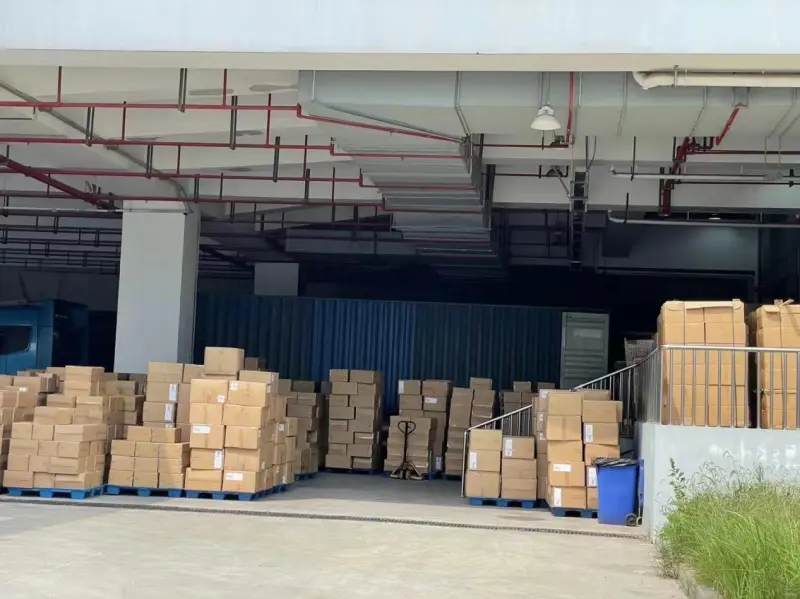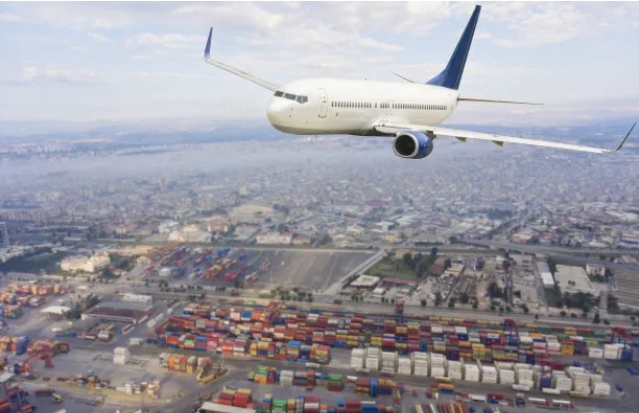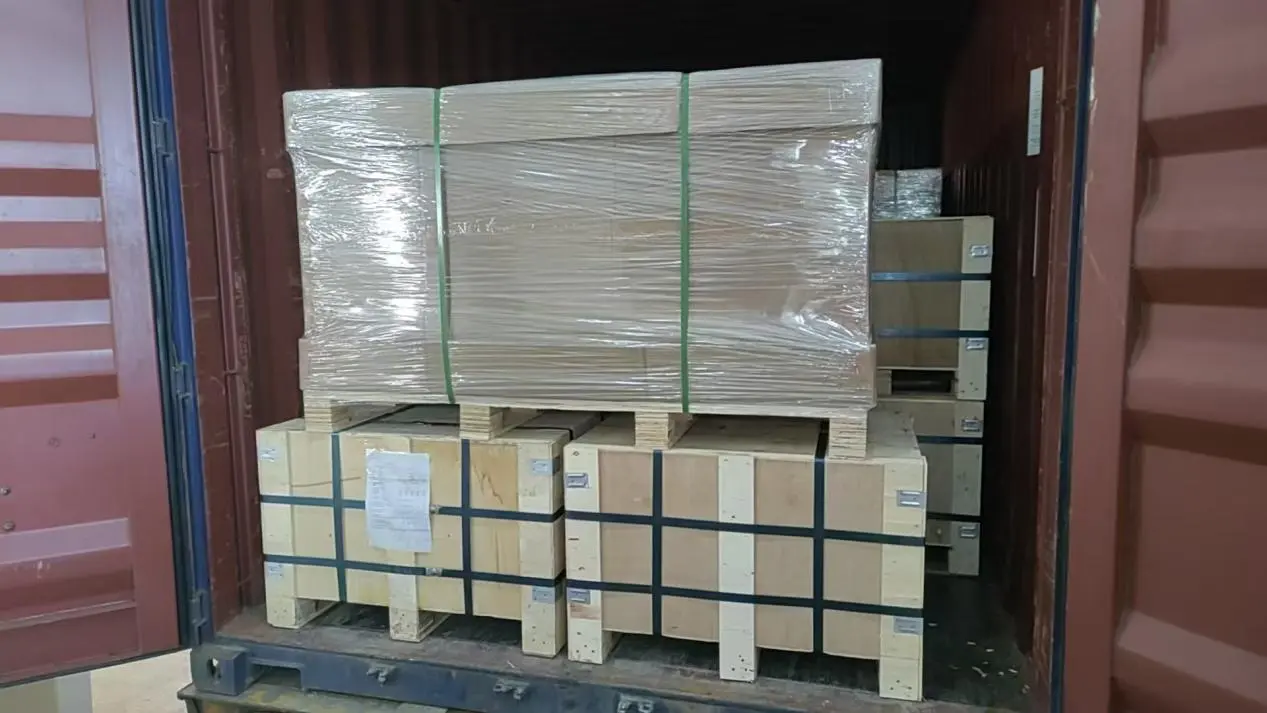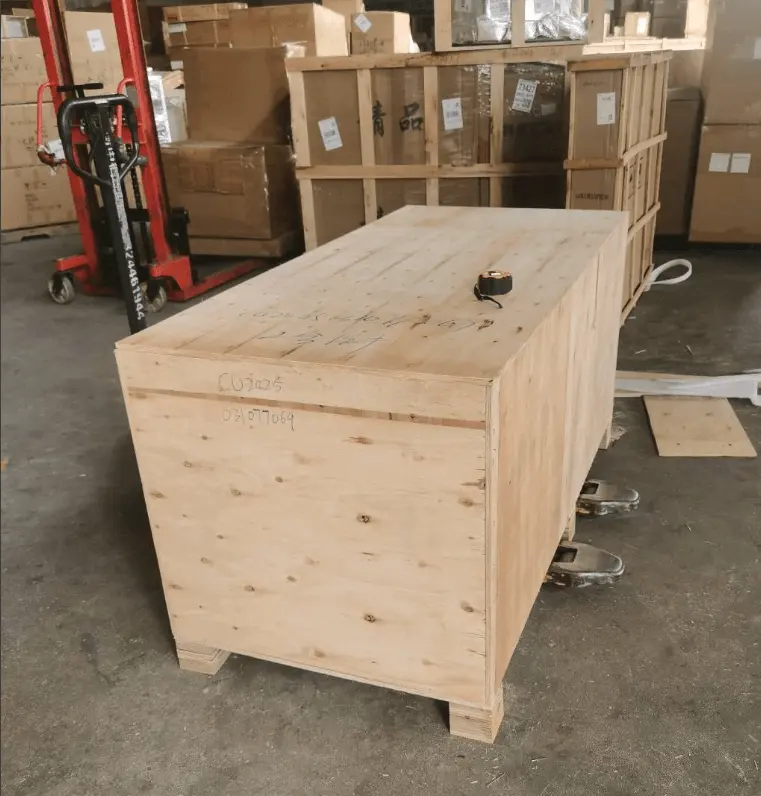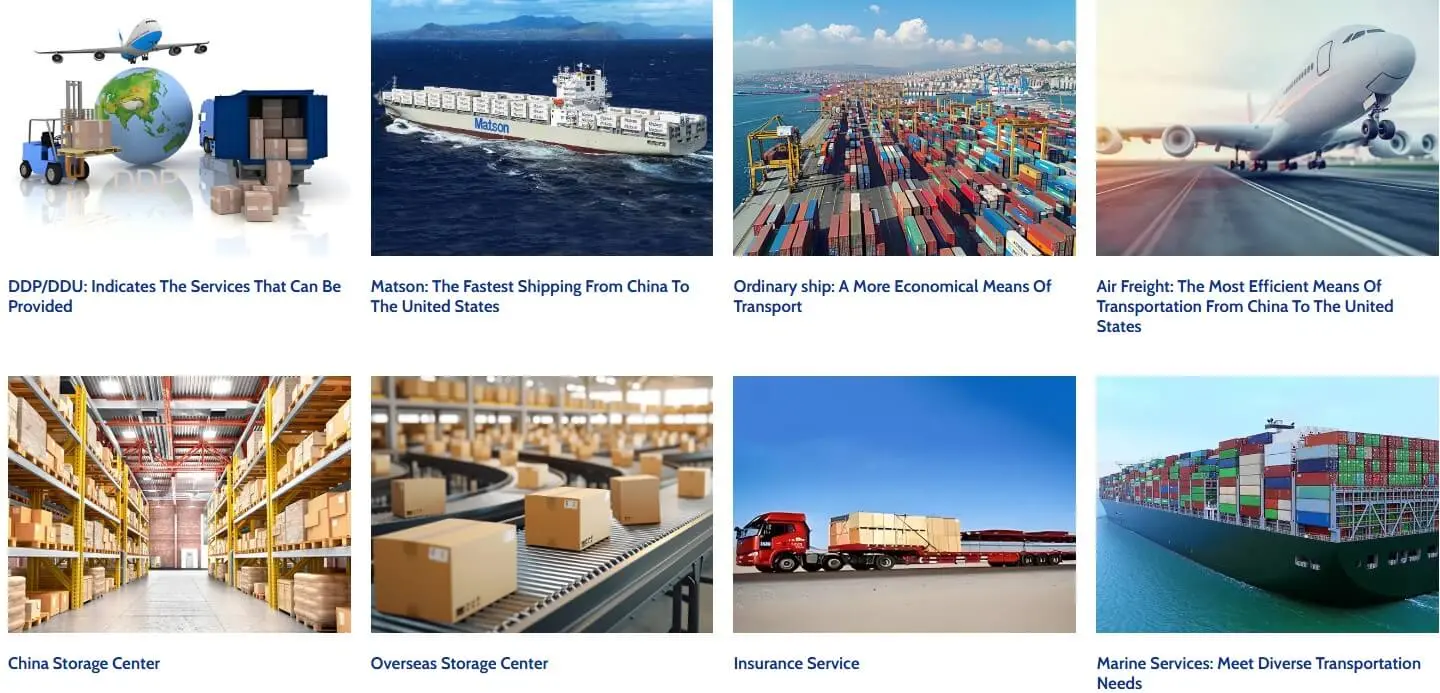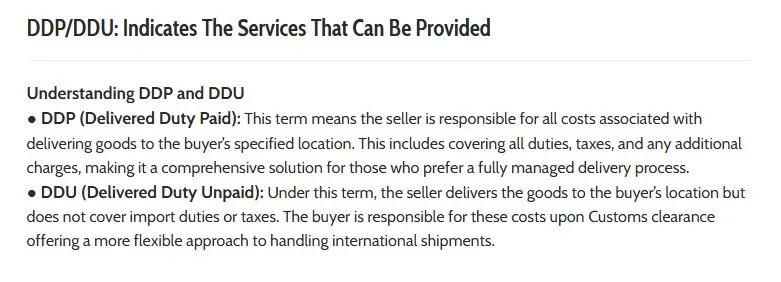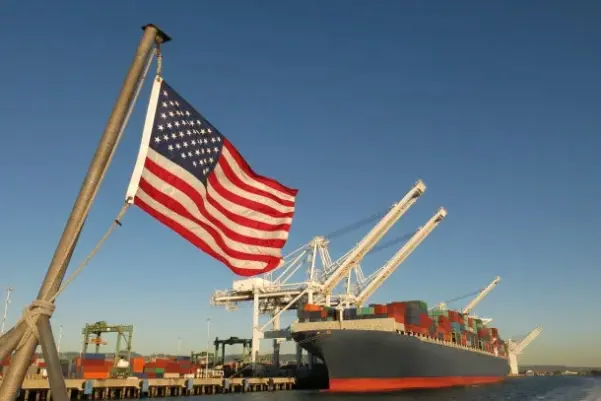0102030405
Continued congestion at ports along the East Coast and Gulf Coast is likely to keep pushing up ocean freight rates
2024-10-16
The shipping industry is currently facing major challenges, especially the continued port congestion on the East Coast and Gulf Coast of the United States, which has caused a serious slowdown in the speed of unloading and picking up containers, and the overall signing time is also infinite. This will undoubtedly lead to the buyer's delay in signing the goods, so that more customers will put their eastern United States route, turn to the western United States route to shorten the time for signing the goods. The massive transfer of cargo from the eastern United States to the western United States will undoubtedly increase the loading and unloading pressure on the West Coast of the United States, which will causE Freight rates to start to rise.
And partial port closures have created bottlenecks, causing delays in unloading and cargo handling. With fewer operating ports, ships are forced to wait longer to dock, resulting in increased operating costs. These costs are usually passed on to purchasers in the form of higher transportation costs. As the demand for shipping services remains strong and port capacity is limited, competition among shippers has further intensified and freight rates have risen further.
To address these challenges, many shipping companies are exploring other routes and ports, but these options often come with their own complexities and costs. As the situation evolves, stakeholders in the shipping and logistics industry must remain agile and adapt to the changing landscape to mitigate the impact of rising ocean freight rates and port congestion.
Port closures and rising ocean freight rates have combined to create complex challenges for the shipping industry. As ports along the East Coast and Gulf Coast continue to be congested, freight forwarders must navigate these choppy waters to inform buyers and foreign trade companies in advance of the actual situation in order to prepare for it. Ensure smooth operation and maintain customer satisfaction.










